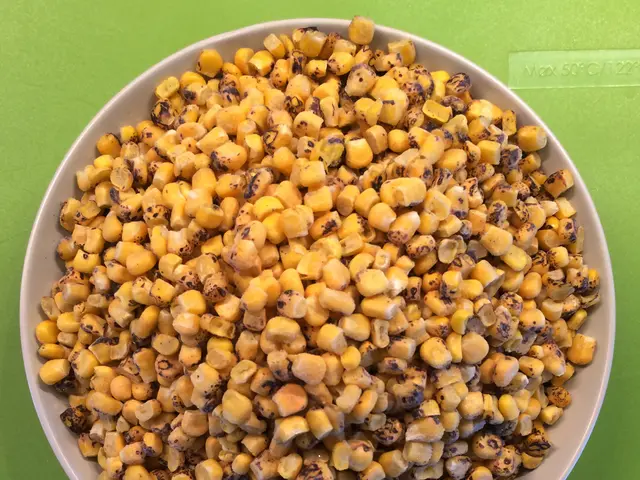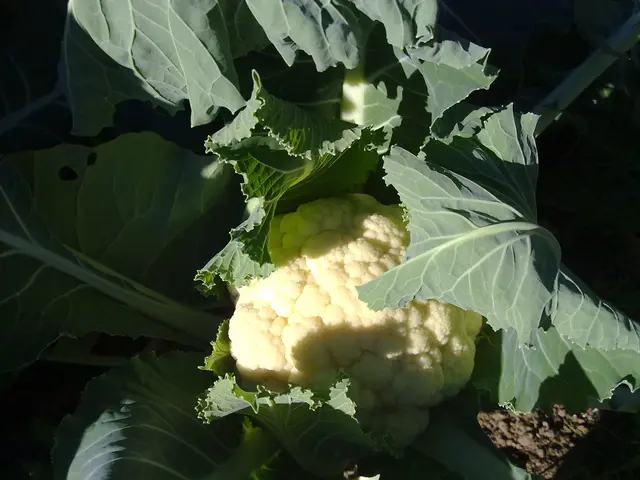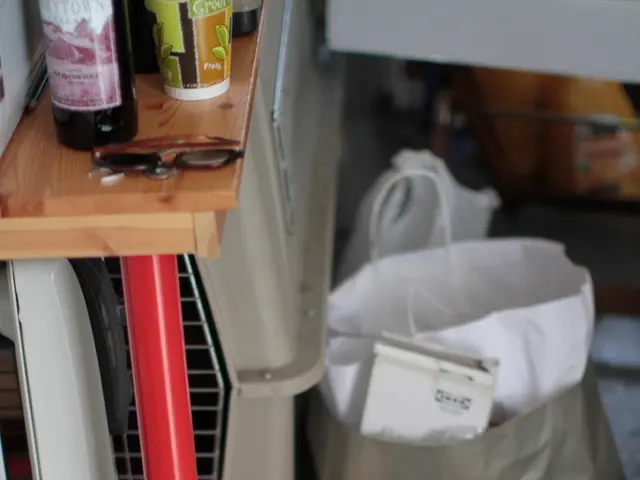Crafting non-alcoholic wine: An intricate process it entails
Casual Take on the Booming Market for Booze-Free Booze
Alcohol-free wine, once a rare find, is becoming more common on supermarket shelves as younger generations turn away from booze. Companies like wein and co are cashing in on this trend, predicting a significant increase in sales of alcohol-free vino by 2025.
Prices Skyrocket Due to Complex Process
But why does alcohol-free wine cost more? It's not just marketing hype — the elaborate process required to convert regular wine into an abstemious alternative drives up the price. The most popular method, vacuum distillation, lowers the boiling point of alcohol by reducing pressure, all while heating the wine, and adding aromas to enhance its taste.
EU Rules Change, Allowing Labeling as 'Wine'
In the past, only alcoholic wine could be called wine. That changed in 2021 with an EU legal amendment, paving the way for alcohol-free and reduced alcohol products to be labeled as wine and fall under wine law. The maximum alcohol content that qualifies as dealcoholized is 0.5 percent by volume.
Novel Methods Preserve Taste
There's another innovative method where a mixture of alcohol and water is removed from the wine, and only the alcohol evaporates. This method is gentler on the wine's taste than vacuum distillation since the entire wine doesn't need to be heated. Winemaker Michael Allacher in Gols uses this technique to produce 60,000 bottles a year, but the additional costs amount to more than two euros per bottle due to transport from Austria to a German town with a dealcoholization plant.
The Need for a Plant in Austria Grows
Experts estimate that a profit-making dealcoholization plant in Austria would need a minimum annual production of 1.5 million liters. Austrian winemakers aren't quite there yet, but the demand for alcohol-free wine is constantly increasing. Winemaker Josef Glatt from the Austrian Viticulture Association is optimistic that such a facility will be installed if demand keeps growing.
Innovation Helps Quality Oak-Leaf Over a Drunken Buzz
Quality has increased significantly in recent years. Making a delicious alcohol-free wine is still challenging, particularly for reds, as alcohol helps round off flavors. Winemakers must carefully choose high-quality base wines and add sugar to compensate for the missing alcohol as a taste carrier. It's like stripping off makeup, leaving the wine unadorned, according to winemaker Katja Bernegger from Weingut Heribert Bayer. In the end, alcohol-free wine is a whole separate category and cannot replace the original.
- In the realm of health-and-wellness and lifestyle, a surge in interest for alcohol-free alternatives such as wine can also be seen in the realm of cooking, as more individuals explore food-and-drink options that cater to their preferences.
- Moving beyond the beverage sector, the growth of mental-health consciousness has led to a rise in wellness activities such as yoga and meditative practices, creating a wider culture that values holistic well-being.
- Beyond the world of sports, where performance-enhancing supplements have long been a focus, there is a growing movement towards preventive care and overall health maintenance through balanced diets, exercise, and other wellness practices.








